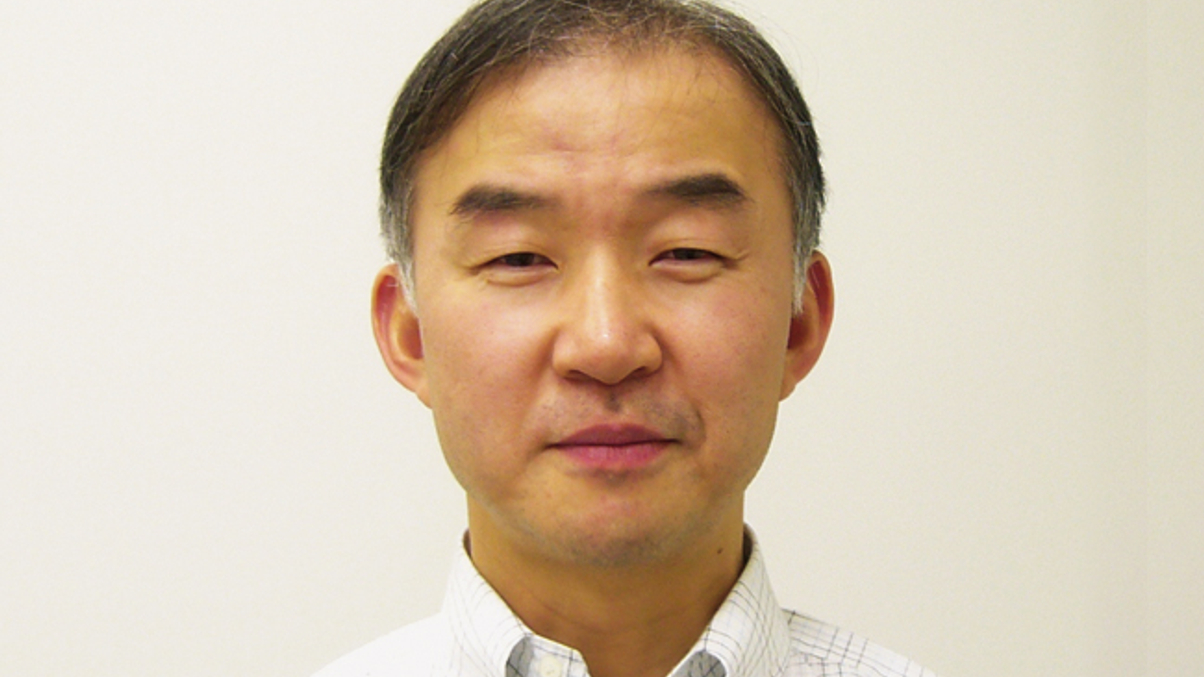Revenues for Japan fund managers bottom out
Management fees for fund houses in Japan appear to have stabilised, but profitability continued to decline in 2010, says Nomura Research Institute.

Profitability for fund managers in Japan, both domestic and foreign, has been falling since 2005. That trend continues but there are signs it is stabilising.
Sign In to Your Account
Access Exclusive AsianInvestor Content!
Please sign in to your subscription to unlock full access to our premium AI resources.
Free Registration & 7-Day Trial
Register now to enjoy a 7-day free trial—no registration fees required. Click the link to get started.
Note: This free trial is a one-time offer.
¬ Haymarket Media Limited. All rights reserved.


